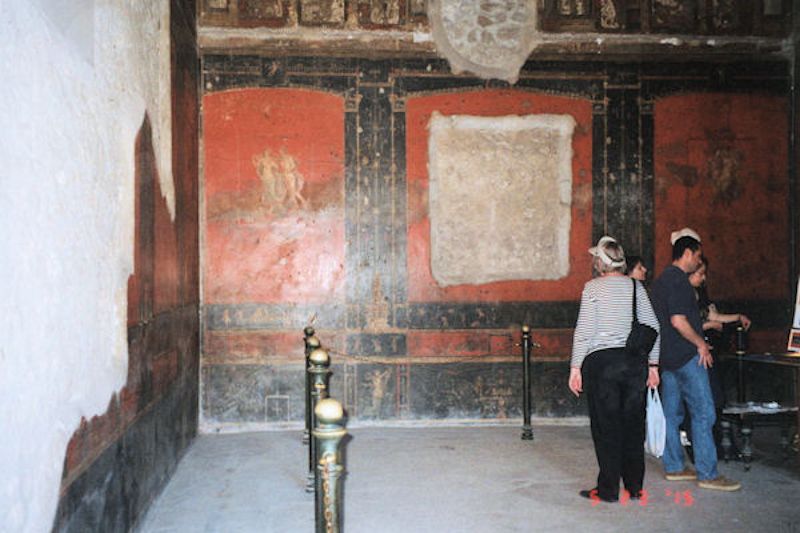

- Paintings in the House of the Vettii, one of the most famous of the luxurious residences in Pompeii
- Des peintures à la Maison de Vettii, l'une des plus célèbres résidences de luxe à Pompéi
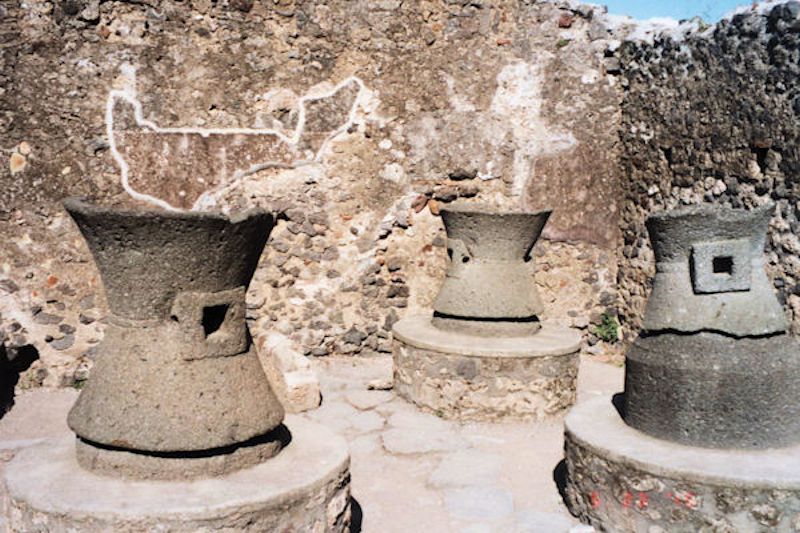

- Grinding stones used at a bakery in Pompeii
- Des meules utilisées dans une boulangerie à Pompéi
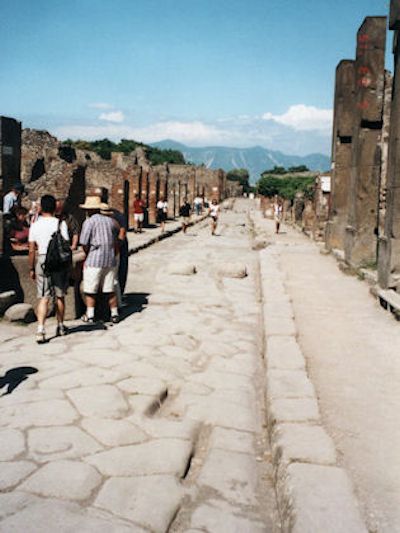

- A street in Pompeii
- Une rue à Pompéi

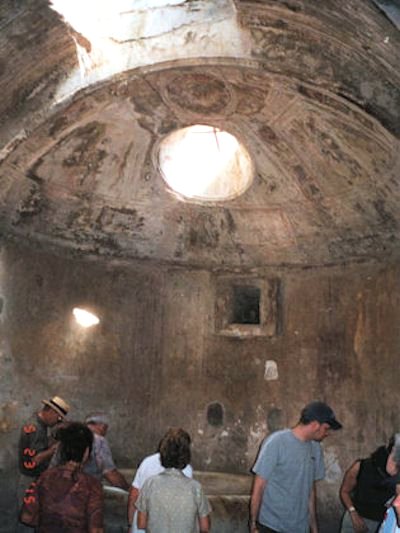

- The men's calidarium or hot baths in Pompeii
- Les caldarium pour hommes ou bains chauds à Pompéi

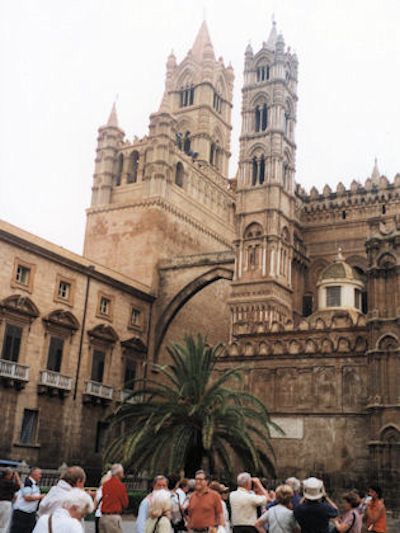

- The bell tower of the Cathedral of Palermo in Sicily
- Le clocher de la cathédrale de Palerme en Sicile
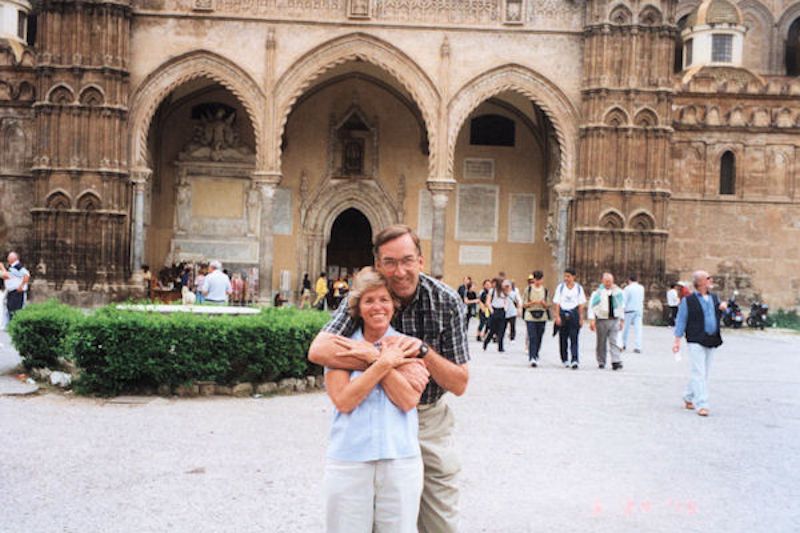

- The portico in Gothic-Catalan style, with three arcades, was erected around 1465. The cathedral was built in 1185
- Le portique à trois arcades de style gothique-catalan a été érigé vers 1465. La cathédrale a été construite en 1185
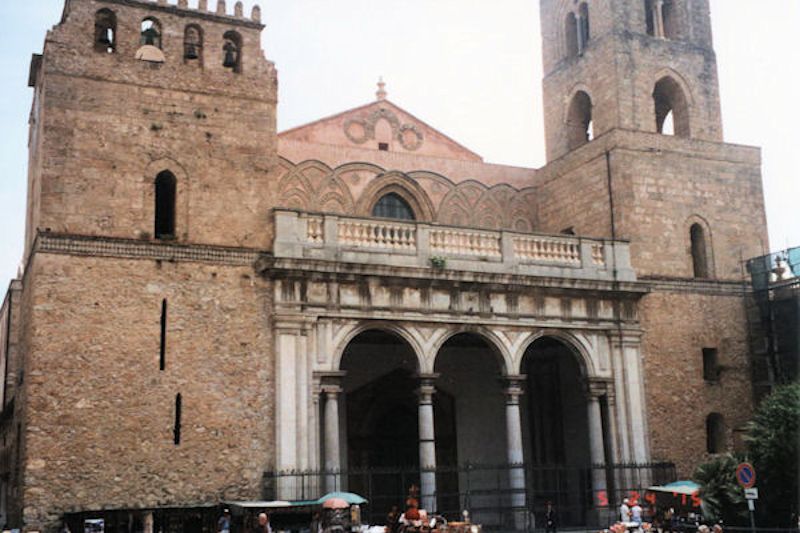

- The Cathedral of Monreale is one of the greatest still existing examples of Norman architecture in the world.
It was begun in 1174 by William II
- La cathédrale de Monreale est l'un des plus grands exemples encore existants de l'architecture normande dans
le monde. Elle a été commencée en 1174 par Guillaume II
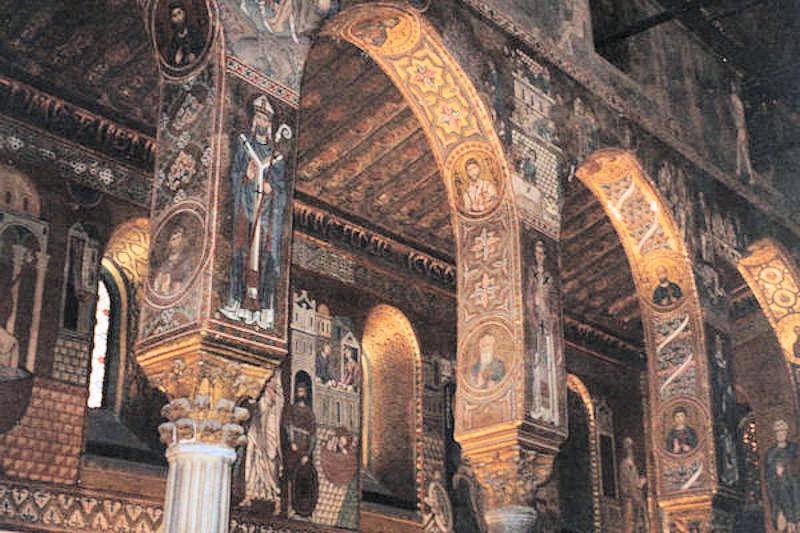

- The cathedral interior contains the largest cycle of Byzantine mosaics still existing in Italy
- L'intérieur de la cathédrale contient le plus grand cycle de mosaïques byzantines qui existent encore en Italie
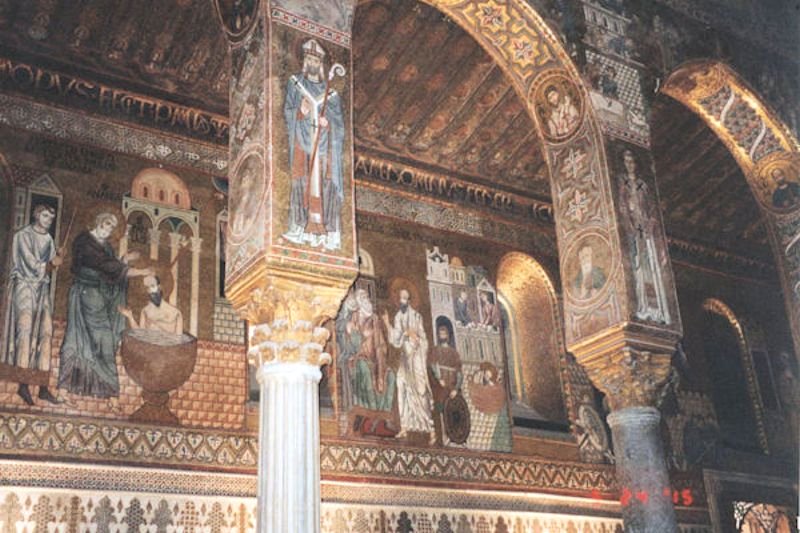

- Byzantine mosaics inside the Cathedral of Monreale in Sicily
- Des mosaïques byzantines à l'intérieur de la cathédrale de Monreale en Sicile
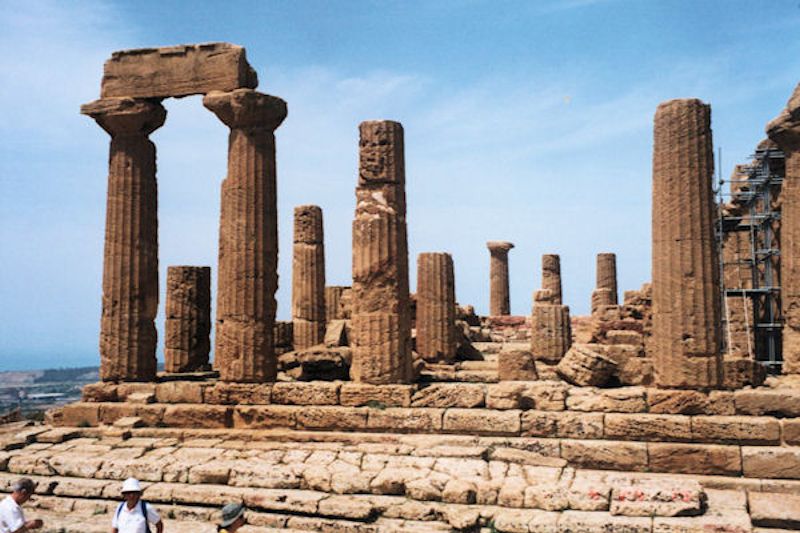

- The Greek temple to Juno in the Valley of Temples, Agrigento, Sicily
- Le temple grec à Juno dans la Vallée des Temples, Agrigente, Sicile
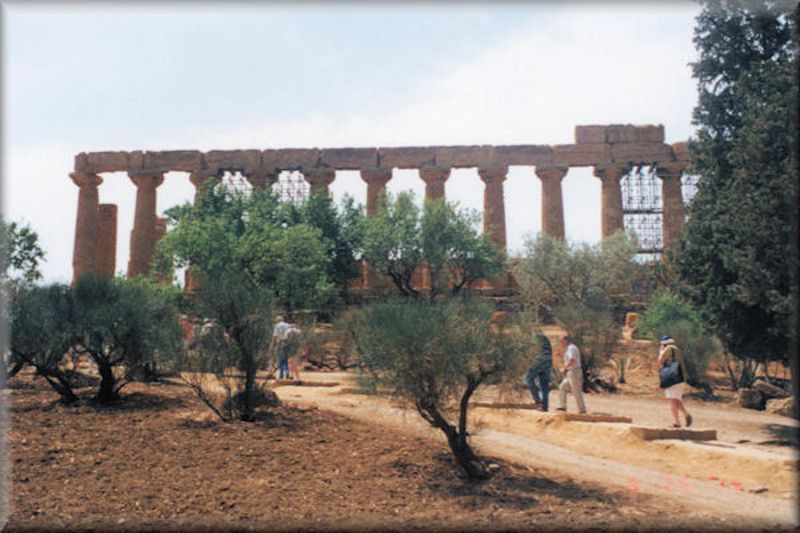

- The Greek temple to Juno (Junon) dates back from 450 to 440 B.C.
- Le temple grec à Juno (Junon) remonte de 450 à 440 av. J.-C.
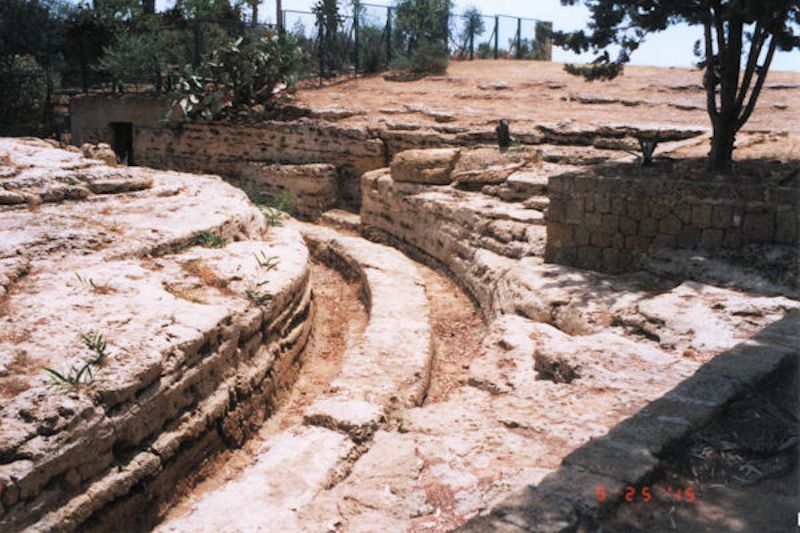

- A road used to roll stones that were used in the construction of the temples
- Une route utilisée pour rouler des pierres qui ont servi à la construction des temples
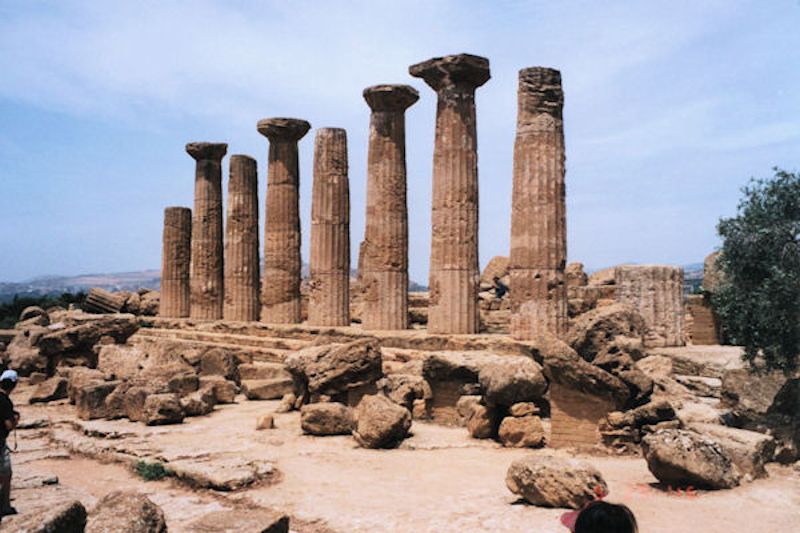

- The Temple of Heracles (Hercules), in Agrigento, Sicily, dates back to 500 B.C. and 9 of the 38 columns are still
standing today
- Le temple d'Héraclès (Hercule), à Agrigente, Sicile, remonte à 500 av. J.-C. et 9 des 38 colonnes sont encore debout
aujourd'hui